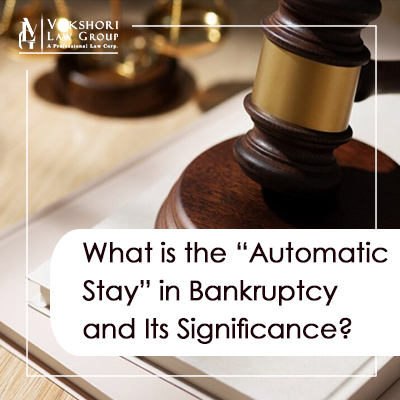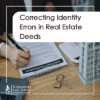
The “automatic stay” is a powerful aspect of filing for bankruptcy. It acts as an immediate shield, protecting you from creditors the moment your bankruptcy case is initiated. This protection typically lasts for the duration of your case, providing relief from various forms of creditor pressure. It halts actions that diminish your income, such as wage garnishment, and prevents imminent threats to your property, including vehicle repossession and home foreclosure. Additionally, it puts an end to harassing creditor calls and collection letters.
Losing the Automatic Stay: How and Why?
There are two primary ways you might lose the automatic stay:
- Creditor’s Motion for Relief: A creditor may request the court to lift the automatic stay regarding their debt, allowing them to proceed with collateral possession. This is more common among secured creditors, like those of vehicles or mortgages, seeking to reclaim their collateral. The court only grants such requests under specific legal circumstances.
- Previous Bankruptcy Filings: If you’ve had a bankruptcy case dismissed within the year prior to your current filing, the automatic stay’s protection becomes limited. For a single dismissed case, the automatic stay will expire 30 days after your new filing, unless you can prove the filing was made in good faith. If there were two or more dismissals, the automatic stay wouldn’t apply automatically but could be reinstated if you demonstrate good faith within 30 days of your new filing.
The Rule on Prior Bankruptcies and the Automatic Stay
- Single Prior Dismissal: If you had one bankruptcy case dismissed within a year before your current filing, the automatic stay activates upon filing but will end after 30 days unless extended by the court for good faith.
- Multiple Prior Dismissals: If you had two or more dismissals within a year, the automatic stay does not apply upon your new filing. However, you can request the court to impose the stay, proving your case was filed in good faith.
Good Faith: A Higher Burden of Proof
To extend or impose the automatic stay, demonstrating good faith becomes crucial, especially under certain conditions from previous cases, such as failure to comply with the Bankruptcy Code or court orders. The standard of proof varies, with a higher burden in specific scenarios. Normally, good faith is proven by a preponderance of the evidence (just over 50% likelihood), but under more severe circumstances, clear and convincing evidence is required, indicating a higher probability of good faith.
The Bottom Line
Despite the complexities, if you’ve had prior bankruptcies that were dismissed, there’s still a significant chance to convince the court to apply or extend the automatic stay. However, navigating these waters successfully often requires the foresight and expertise of a knowledgeable attorney who can prepare and argue your case effectively.
This nuanced understanding of the automatic stay and the potential hurdles due to prior bankruptcy filings is crucial for anyone considering bankruptcy as a solution to financial distress. With the right legal guidance, you can navigate these complexities and maximize the protections offered by the bankruptcy process.






